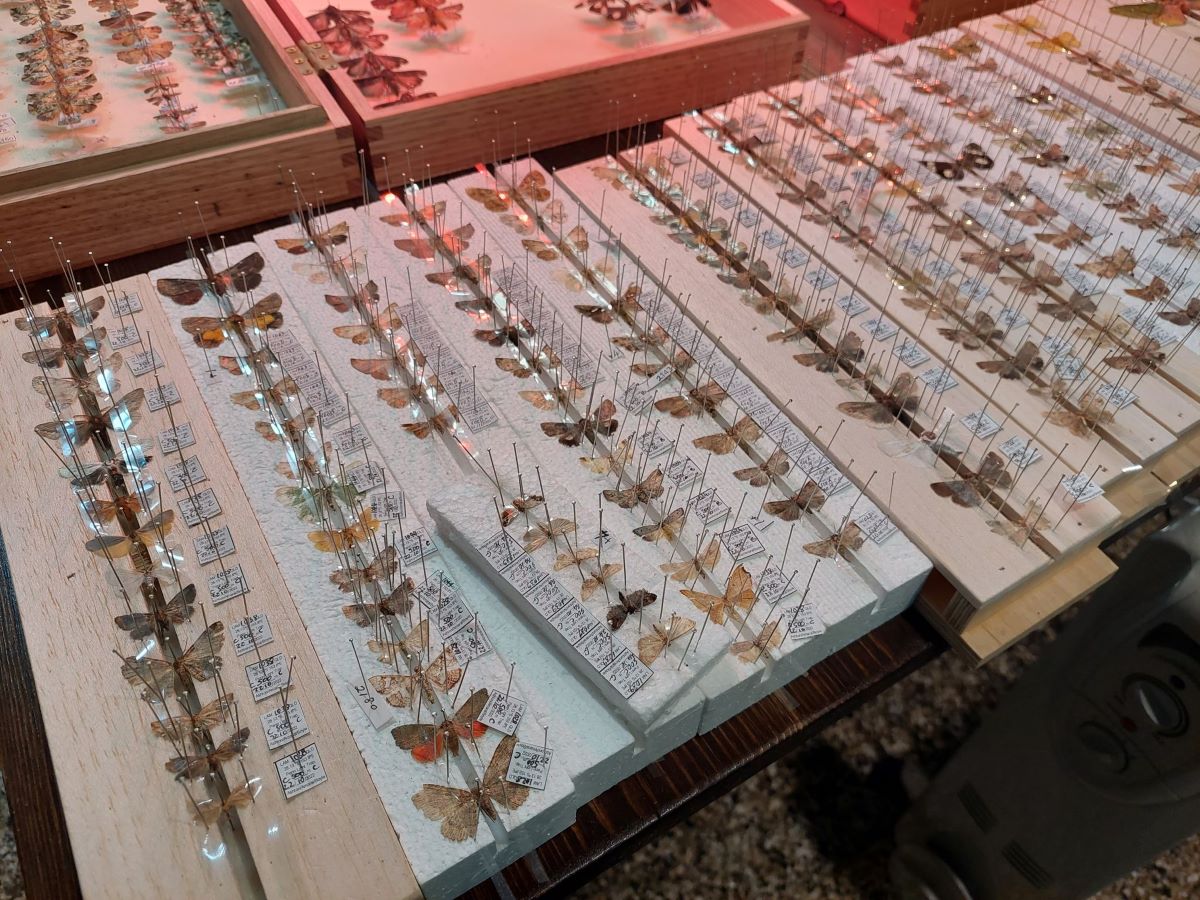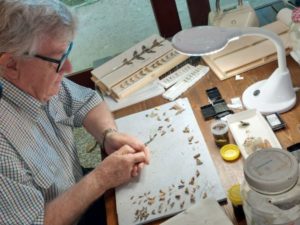
Griffith University researchers will head to Lamington National Park to recreate a 20-year-old study investigating the effects of climate change on insects.

Adjunct Research Fellow Louise Ashton and Professor Emeritus Roger Kitching collected a raft of historical data sets in 2006/07 to assess the diversity and distributions of insects in Queensland's rainforests.
"Insects are an essential part of our ecosystem and Lamington is the perfect location to study them as it's a hotspot of biodiversity," Dr Ashton said.
"We'll be re-creating our research from 2006/07 to reassess the elevational distribution of plants, birds, ants, moths, spiders, mites, springtails, beetles and environmental factors the microclimate in the forest canopy and at ground level.

"Not only will we be studying the diversity and distributions of insects after a 1°C warming has occurred, but we will also assess if there has been a general decline in insects - results that has been observed in many other parts of the world."
Over the last two years, there has been increased discussion on the decline of insects globally, and climate change is already affecting distribution shifts with some species moving to higher elevations and latitudes.
The researchers predict that key species of insects that were restricted to particular elevations (and, therefore, climates) 20 years ago will have moved upwards to avoid the increasing temperature trend.
At the highest elevations - in Lamington's celebrated Antarctic beech forests - moving up is not an option and it is quite possible local extinctions will have occurred.
Professor Emeritus Roger Kitching said the team would use a number of methods to test distribution shifts in insect species.
"For the moths, we will use modified light traps as in the original study plots for three nights in each of 20 locations from 300m to 1100m above seas level.location," he said.
"Our colleagues from the Queensland Museum will join us to survey ants in the same locations. We use a modified compound bow to shoot canopy lines and sample insect assemblages in the canopy as well as deploying traps in the understorey.
"Automatic data loggers will be used to collect microclimate temperature and humidity data in the canopy and understory over a 12-month period which will help us pin point climatic changes since we last surveyed the area."
The Griffith research team will be at Lamington National Park for about three-weeks and hope to be able to report on the findings after a second survey round in March 2023.






